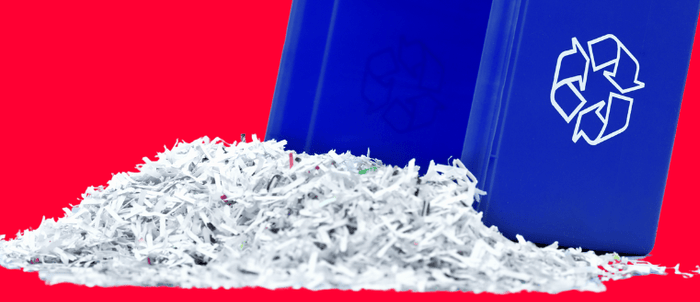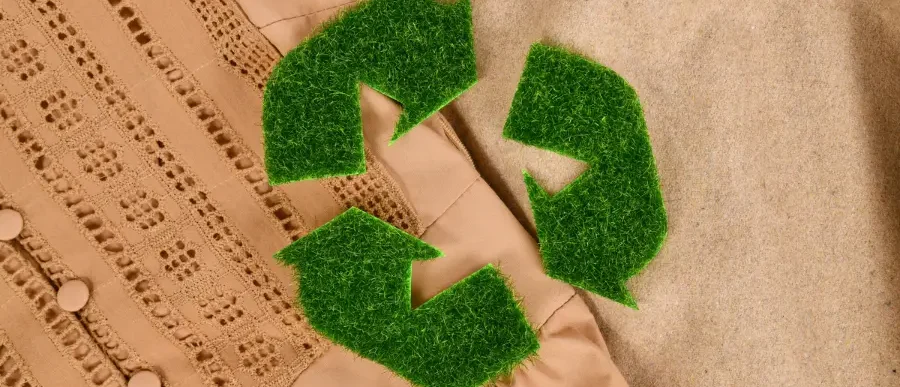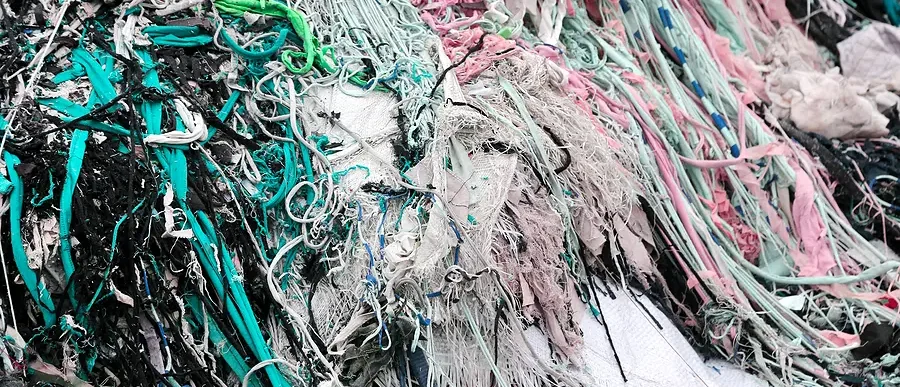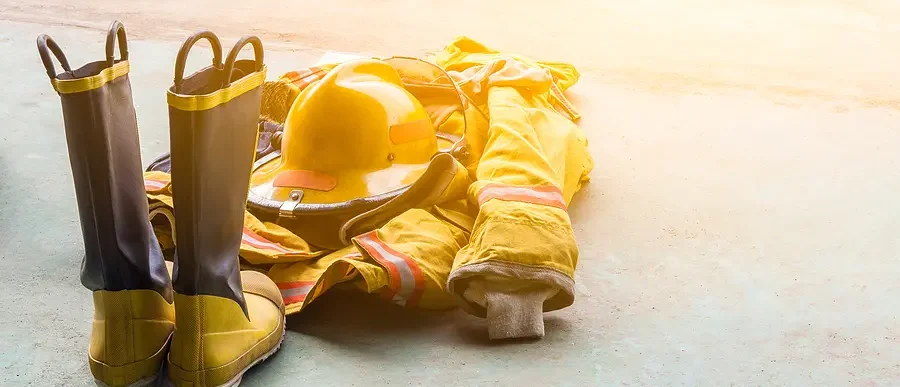
The requirement for uniforms in the workplace is common in many industries. Some companies require uniforms to promote professionalism or unity, while others need uniforms for safety reasons. Whatever the reason, it is estimated that more than 32 million Americans wear a uniform to work.
When uniforms become worn out, damaged, or no longer needed; you may find yourself questioning what to do with them. Trashing your uniforms might be the easiest option, but have you considered the environmental impact?
Every year, 92 million tons of garments end up in landfills. The decomposition process is very slow and emits harmful gases and chemicals into the air, soil, and water. Discarded clothing can clog waterways causing flooding and water-borne disease. Textile pollution negatively impacts the environment and human health globally.
Luckily, there are responsible options for uniform recycling. Not only can clothing often be repurposed or reused, but some options deconstruct items to create new, high-quality materials with many uses. Learn more about old uniform recycling best practices below.
Recycling Challenges with Old Work Uniforms
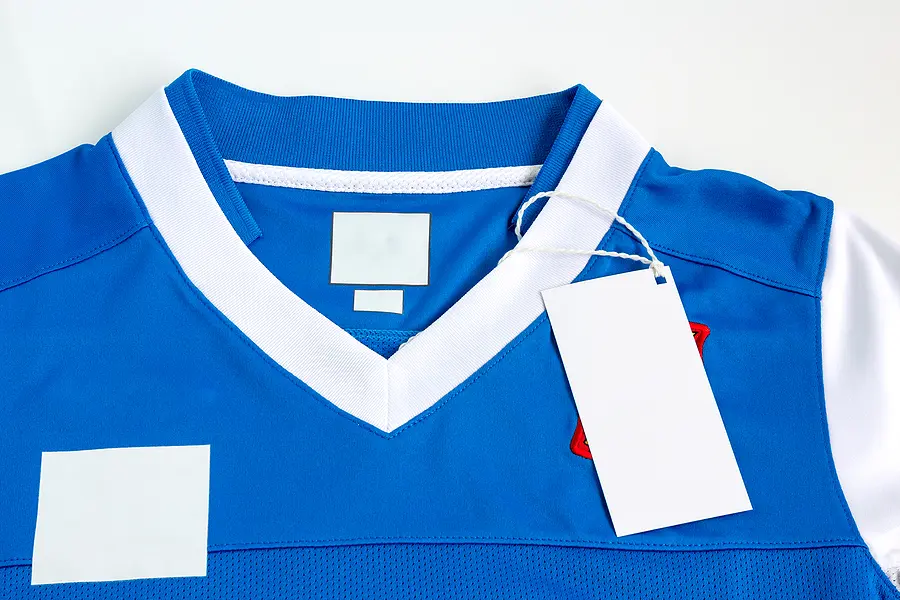
The biggest issue with uniform recycling is the exposure of company branding. Discarded workwear sporting logos or other insignia of your company could cause problems if it ends up in the wrong hands.
The wrong person wearing your logo could damage the brand’s reputation, for example – imagine a mugshot of someone wearing your logo shown on the news. Or even more seriously, an unvetted person wearing your company’s uniform to gain access to your building to steal valuable information or items.
Finding a responsible recycler that will protect your branding and the environment. Follow the best recycling practices below to ensure your company and the Earth are safe.
Old Uniform Recycling Best Practices
1. Select a Textile Shredder for Uniform Recycling
The safest way to recycle old uniforms is to select a textile shredder to handle your recycling. Shredding destroys your logo and other branding and ensures it’s unavailable to the general public.
2. Sorting
Once you have found a responsible recycling and shredding provider, your garments will be sorted by material, treatment, and color.
3. Disassembly
The chosen articles will be dismantled to facilitate the recycling process.
4. Shredding
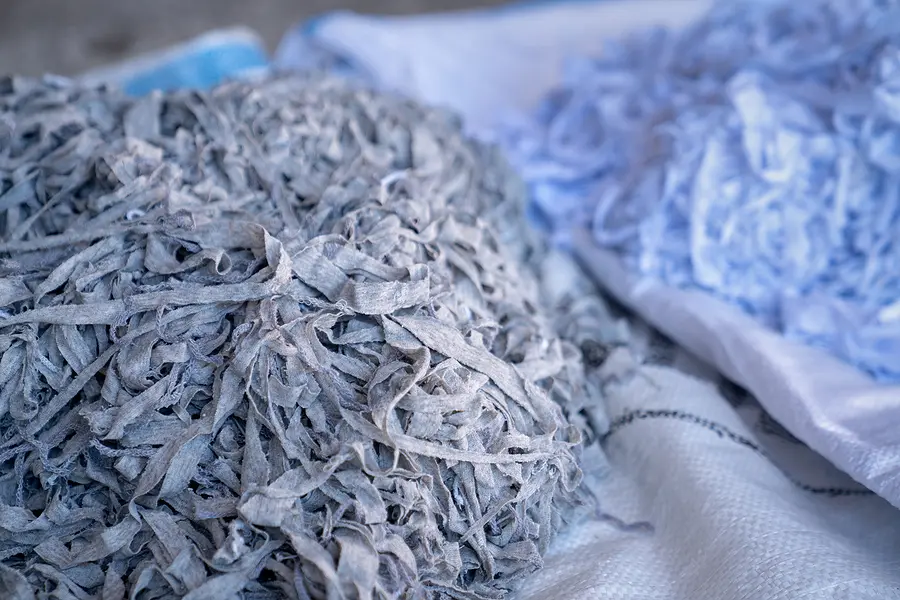
The fabric will go through a specialized shredder to cut the fabric into small pieces. The pieces will then pass through a defibrator that shreds the fabric into fibers. The fibers are then distributed in a process called “carding” to straighten and align the direction of the fibers.
5. Spinning
The fibers are pulled and twisted mechanically to create thread or yarn in the process of spinning.
6. Weaving
Thread can then be used in the weaving or knitting of new clothing or used in other products like carpets and insulation.
7. Sustainability
You reduce your greenhouse gas emissions with each uniform you recycle. Aligning your brand with eco-conscious business practices not only makes you a sustainability leader but attracts new consumers to your company.
Find a Responsible Old Uniform Recycling Partner with Shred Nations
Shred Nations will connect you with responsible recycling partners in your area. Our partners are certified and reliable. We focus on sustainable options that protect your brand while promoting environmentally-friendly processing. Contact us by calling (800) 747-3365 or filling out the form to receive free quotes on uniform recycling near you.






